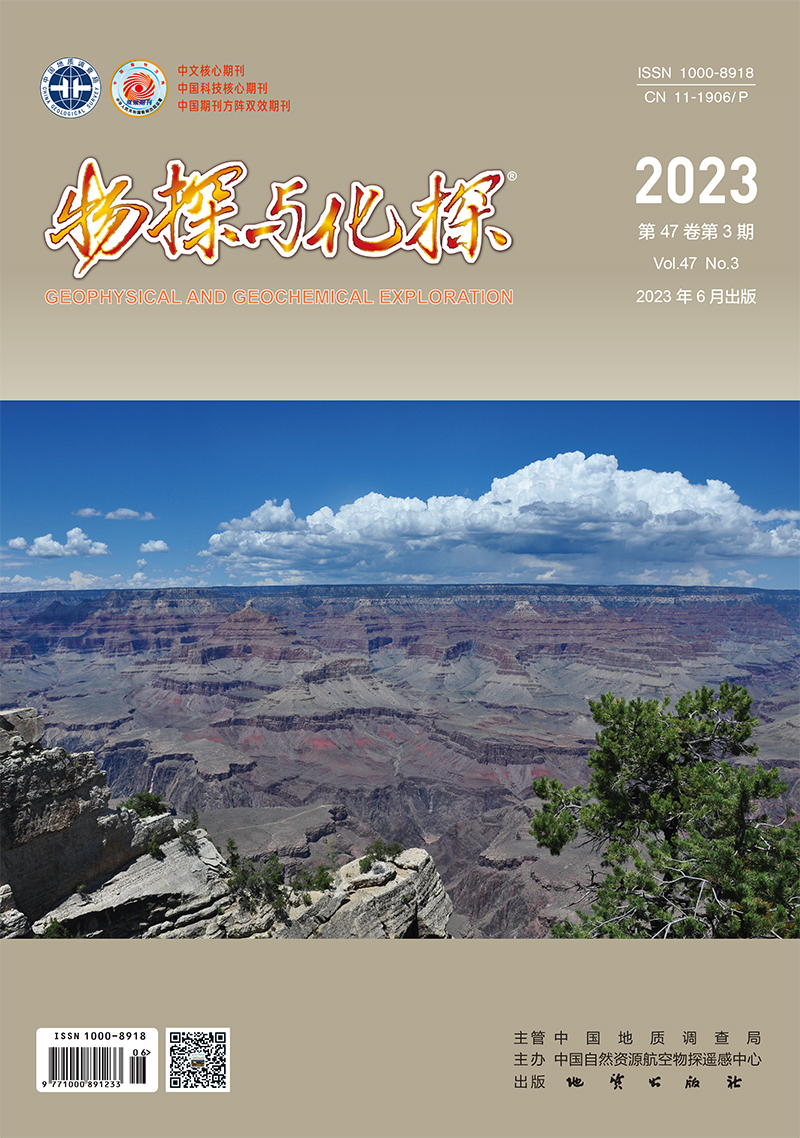XU Li, FENG Wen-Ya, JIANG Yan-Nan, WANG Jiao, ZHU Si-Xin, QIN Zi-Xin, LI Qin-Lin, ZHANG Shi-Tian. 2023. A technique for automatically extracting regions of interest from ground penetrating radar data of roads based on the row-column variance method. Geophysical and Geochemical Exploration, 47(3): 804-809. doi: 10.11720/wtyht.2023.1161
| Citation: |
XU Li, FENG Wen-Ya, JIANG Yan-Nan, WANG Jiao, ZHU Si-Xin, QIN Zi-Xin, LI Qin-Lin, ZHANG Shi-Tian. 2023. A technique for automatically extracting regions of interest from ground penetrating radar data of roads based on the row-column variance method. Geophysical and Geochemical Exploration, 47(3): 804-809. doi: 10.11720/wtyht.2023.1161
|
A technique for automatically extracting regions of interest from ground penetrating radar data of roads based on the row-column variance method
-
XU Li1,2,
-
FENG Wen-Ya3,
-
JIANG Yan-Nan1,2, ,
-
WANG Jiao1,2,
-
ZHU Si-Xin4,
-
QIN Zi-Xin1,2,
-
LI Qin-Lin1,2,
-
ZHANG Shi-Tian3
-
1. School of Information and Communication,Guilin University of Electronic Technology,Guilin 541004,China;
-
2. Guangxi Key Laboratory of Wireless Wideband Communication & Signal Processing,Guilin 541000,China;
-
3. China Research Institute of Radio Propagation,Qingdao 266107,China;
-
4. College of Geosciences and Engineering,North China University of Water Resources and Electric Power,Zhengzhou 450011,China
More Information
-
Corresponding author:
JIANG Yan-Nan
-
Abstract
With the rapid development of the economy and society,traffic loads have increased sharply,gradually causing a series of pavement diseases.Ground penetrating radar (GPR),which is a non-destructive testing technique,can present the echo information of subsurface targets on the GPR profile.The echo information of diseases,such as voids,cavities underneath the pavement,and loosely infilled voids,constitutes a region of interest(ROI) on the GPR profile.The traditional manual ROI extraction method features high technical requirements and high laborious intensity due to massive data.Therefore,this study proposed an automatic ROI extraction method that combines the threshold segmentation data and the row-column variance.The experimental results show that the method proposed in this study can effectively extract the location information of multi-type and multi-target ROIs.This method has great potential for improving road detection efficiency based on GPR.
-

-
-
Access History







 DownLoad:
DownLoad: